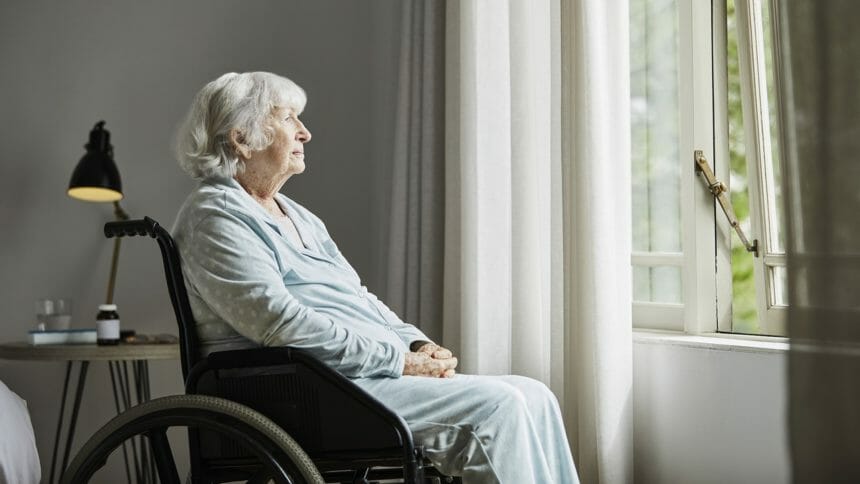
Impaired communication has been the most significant issue affecting the families of older adults during the coronavirus pandemic, whether the older adults are assisted living residents, hospital patients or recipients of outpatient care, according to the authors of a newly published study.
“This was observed as a miscommunication between the family and healthcare team as well as the inability of the patient to communicate with their family/support network,” University of Michigan School of Nursing clinical faculty members Karen Harden, Deborah Price, Heidi Mason and April Bigelow wrote in “COVID-19 Shines a Spotlight on the Age-Old Problem of Social Isolation,” published ahead of print by the Journal of Hospice and Palliative Nursing.
The paper features three case studies, including one involving a married couple who live in an assisted living community and have adult children. The authors also offer potential ways to address social isolation and loneliness.
Structure and routine can help, they said, because older adults “need a reason to get up in the morning. Scheduled phone calls, facilitation of social connections, a specific time for exercise or getting outside, and new skill development have offered patients opportunities to feel more connected to the outside world.”
Window visits, phone calls and video visits via tablet computers and other devices can help older adults interact with the outside world while isolated, the authors said, and telehealth can maintain health and provider relationships.
“Family involvement in healthcare visits can be accomplished with video conferencing or group calling,” the researchers said, acknowledging that technology glitches, simultaneous use of the electronic medical record, and limited available bandwidth may be challenges.
“Ultimately, ensuring ongoing communication between patients and their families, allowing extra visit time for families to voice their questions or concerns, and encouraging intergenerational exchanges can limit the risk of social isolation and promote social cohesion,” they wrote.
Families and providers also should ensure that they are familiar with the risks related to social isolation and are aware of potential poor health outcomes due to the pandemic.
“Discussion of available social support, current social engagement, and environmental stimuli at every interaction facilitates the provider’s ability to monitor for subtle changes over time,” they said.
“As the pandemic continues to unfold and evolve, providers should aim to regularly assess patient risk for isolation and be proactive in preventing negative effects,” they added. “This can be accomplished by offering access to virtual and socially distanced services as appropriate and available.”



